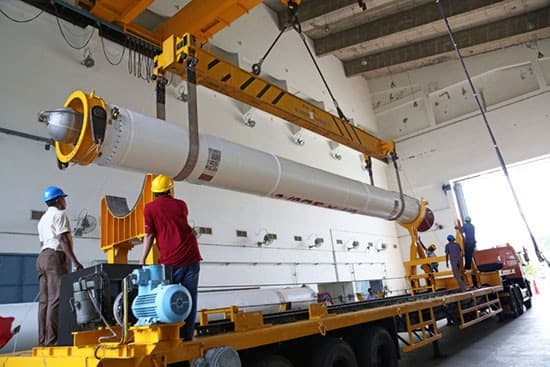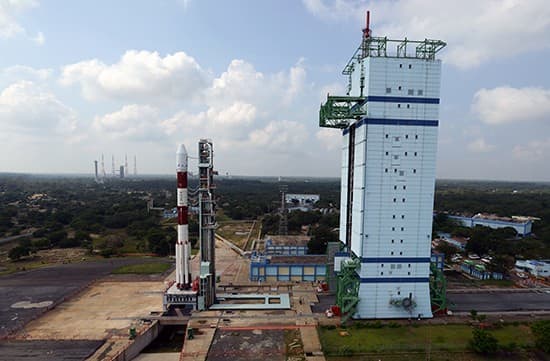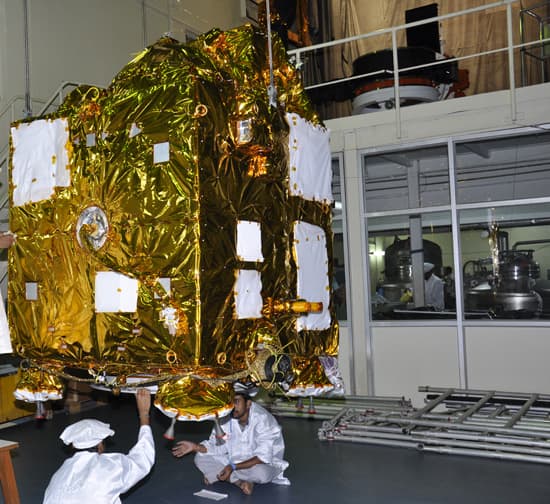ISRO Mars Orbiter Gets "Happy Journey" Wishes From ISRO & Indians

Everything every Indian should know about the Mars Orbiter Mission (non-technical stuff):
With the success of this mission, India will become the fourth country in the world (after USA, Europe & USSR) to have sent a spacecraft to Mars, which is about ~225 million kilometers (note that the planets are constantly moving, so the distance keeps on changing). The total cost of the sending 'Mangalyaan' to Mars is about Rs. 460 crores, which includes the cost of building the spacecraft & the ground radar stations near Bangalore.

The Mangalyan will take about 300 days to reach to its destination; an orbit which is closest to Mars at about 377 km and farthest from it at about 80,000 km. The spacecraft will carry several equipments with it to Mars for communication, navigation, mission planning and management. These equipments will eventually be helpful in exploring the surface features of Mars, morphology, mineralogy and studying the atmosphere through various indigenous scientific instruments. However, with the success of the mission, India will prove its ability to send a satellite to Mars and establish itself as one of the leaders in deep space exploration.
What every engineer should know about Mars Orbiter Mission (technical stuff):
The launch vehicle for the mission is PSLV-C25 (Polar Satellite Launch Vehicle), which is 25th mission of PSLV & 5th in the XL configuration. PSLV has had 21 operational missions and boasts of reliability of about 96%. It'll carry the Mars Orbiter Satellite (1337 Kg), to be separated at an inertial velocity of about 9804.01 m/s at an altitude of about 383.388 kilometers. Do check out the official specs-sheet of the #-Link-Snipped-# for further information about the launch vehicle and the entire flight sequence.

The Mars Orbiter will carry 5 different payloads to perform various operations. Here's a quick overview of each payload -
The Layman Alpha Photometer (LAP) is an absorption cell photometer which will measure the relative abundance of Deuterium & Hydrogen in Mars' atmosphere. The D/H ratio will help in understanding the loss process of water from the surface of Mars. The Methane Sensor for Mars (MSM), as you'd guess measures the levels of Methane (CH4) in Mars' atmosphere. Mars Exospheric Neutral Composition Analyser (MENCA) is a special quadruple mass spectrometer to perform analysis of the neutral composition in 1-300 amu range with unit mass resolution. Mars Color Camera (MCC) will capture images in three colors, providing information about the features & composition of the Martian surface. The fifth payload, Thermal Infrared Imaging Spectrometer (TIS) will capture information about the thermal emissions. The TIS can map surface composition & mineralogy of Mars. Here's an infographic of the #-Link-Snipped-#.

The Final Countdown:
The official countdown for the mission has already began at about 6:08 hours (ST). We'll keep on updating this page with latest information about the launch and look forward to all your views & opinions.
Criticism:
The MOM has already received criticism for spending huge amount of money on sending a satellite to a distant planet; which otherwise could have been spent elsewhere. We asked engineers about their opinion on the issue and the discussion lead to an interesting debate. Do check it out: <a href="https://www.crazyengineers.com/threads/indias-mars-mission-is-a-waste-of-money-resources-time-talent-agree-disagree.71453">India's Mars Mission Is A Waste Of Money, Resources, Time & Talent - Agree / Disagree?</a>
Do express your views on the mission below. Keep revisiting for all the latest updates!
